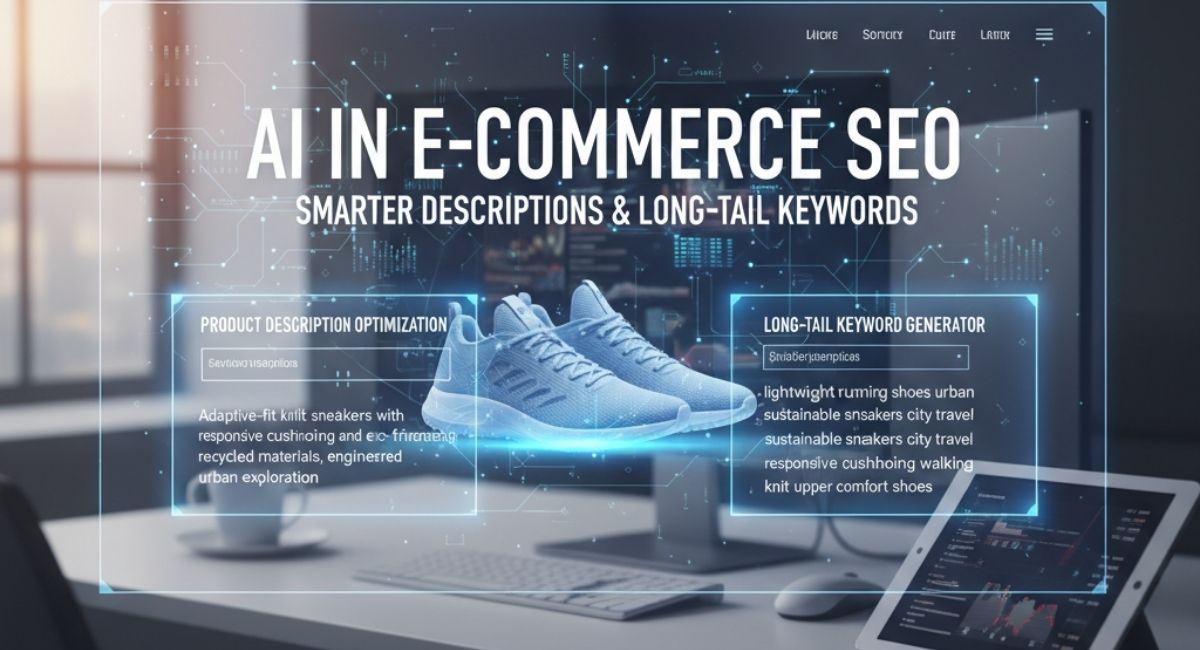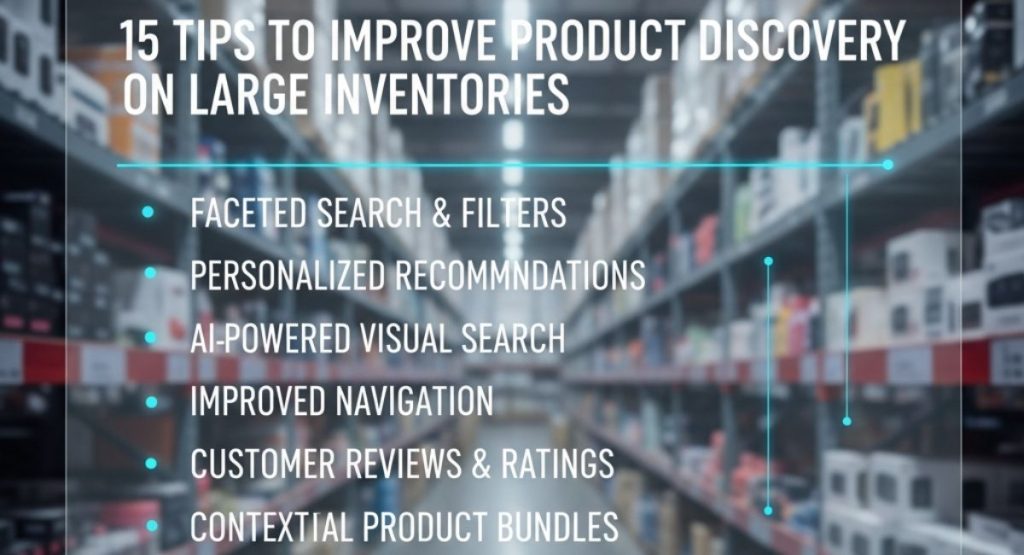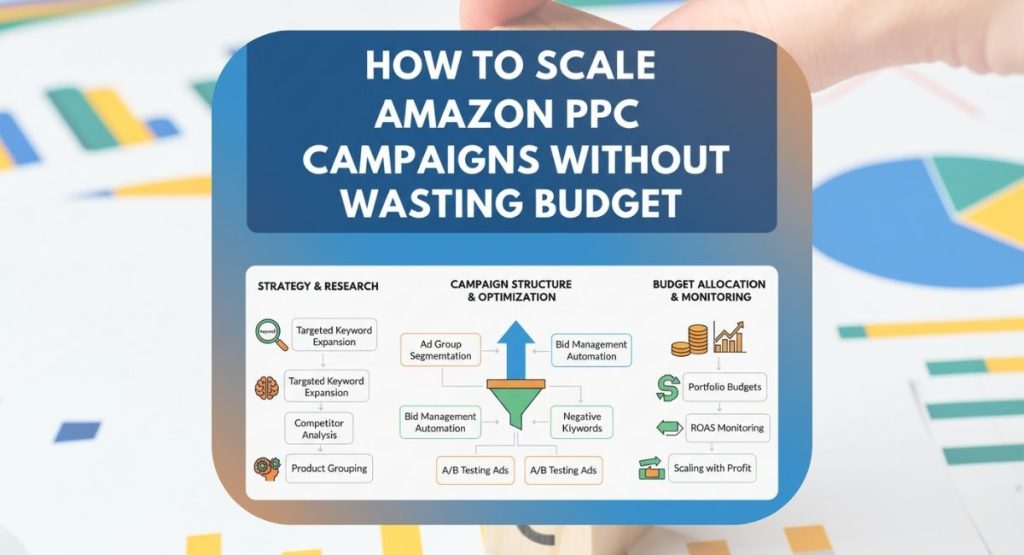The way people shop online is changing faster than ever. Search engines are smarter, customers are more specific in how they search, and competition in e-commerce is at an all-time high. For businesses selling products online, visibility on search engines is directly tied to growth. If your products are buried under thousands of listings, even the best inventory won’t move. This is where AI in e-commerce SEO has begun reshaping the game, especially in areas like product descriptions and long-tail keyword targeting.
AI is not here to replace human creativity, but to support it. Imagine having a digital partner that analyzes massive amounts of search behavior data, spots keyword opportunities your competitors miss, and helps craft product content that appeals to both Google and your target audience. That’s exactly what automated product SEO delivers today.
When paired with expert AI SEO services, businesses can combine intelligent technology with proven marketing strategies. The result is e-commerce content that not only ranks higher but also connects with the very people most likely to buy.
Why AI Fits Naturally into E-commerce SEO
Search patterns have shifted dramatically. Customers no longer type in vague, two-word queries like “headphones” or “handbags.” Instead, they use detailed, intent-driven searches that often sound conversational, almost like speaking to a friend. Someone might type “best over-ear headphones with noise cancellation under $200” or “crossbody leather bag for women with adjustable strap.”
These types of queries are known as long-tail product keywords. They usually have less search volume compared to broad terms, but they signal strong intent. A person searching “handbag” could just be browsing. Someone typing “brown leather crossbody handbag under $150” is much closer to making a purchase.
Traditional keyword research often misses these nuances. AI, however, thrives on patterns. By analyzing millions of searches, related phrases, and even voice search trends, AI tools uncover long-tail opportunities that human researchers might overlook. When paired with on-page SEO, this creates a powerful framework that helps even smaller online stores compete with big brands.
Product Descriptions That Speak to People and Search Engines
One of the toughest parts of running an online store is writing unique, high-quality product descriptions at scale. If you’re selling a catalog of 2,000 products, writing original copy for each one can take months. Yet duplicate or poorly written descriptions can sink your search rankings.
This is where AI shows its strength. Instead of manually drafting line after line, businesses can now use AI to generate descriptions that highlight product attributes, integrate long-tail keywords, and maintain a consistent brand voice. The key is that AI doesn’t just churn out generic content. With the right setup, it can analyze what buyers respond to most. For instance, if shoppers consistently click on products that emphasize “eco-friendly materials” or “two-year warranty,” AI can prioritize those elements in future descriptions.
But it’s not just about SEO signals. The best product descriptions also persuade. AI can adapt its tone depending on the audience. A budget-conscious shopper might respond to words like “affordable” or “value-packed,” while a luxury buyer may be drawn to “crafted,” “exclusive,” or “timeless.” These subtle shifts matter because they influence both ranking and conversion.
Here’s where human oversight remains essential. AI can provide a foundation, but human editors refine the storytelling to ensure the descriptions feel authentic. Many businesses combine AI-driven generation with professional product description writing services for this very reason.
Manual vs AI in Product Description Writing
| Aspect | Traditional Manual Writing | AI-assisted Writing |
| Speed | Slow, especially for large catalogs | Scales quickly across thousands of SKUs |
| Consistency | Varies by writer | Maintains uniform tone and style |
| Keyword Use | Easy to overlook or overstuff | Optimized with precision |
| Cost | Higher long-term investment in writers | Lower per-description cost over time |
| Flexibility | Limited personalization | Easily tailored for multiple audiences |
When you see these comparisons, it becomes clear that AI doesn’t eliminate the role of writers. Instead, it helps them focus on higher-level tasks like creativity, branding, and strategy.
The Role of Long-tail Keywords in Automated Product SEO
If product descriptions are the heart of e-commerce content, then keywords are the veins that connect it to search engines. AI-driven tools excel at identifying long-tail phrases that reveal intent. For example, while “wireless headphones” is a crowded space, AI tools might highlight variations like “wireless headphones for Zoom calls with noise-canceling mic” or “Bluetooth over-ear headphones with 20-hour battery.”
These kinds of keywords accomplish two things. First, they reduce competition, making it easier for your product pages to rank. Second, they connect directly with buyers who know what they want. Optimizing for “Bluetooth headphones” might get you visibility, but optimizing for “Bluetooth headphones with long battery life for travel” gets you clicks from frequent travelers who are ready to buy.
This is also where AI clusters come into play. Instead of treating each keyword individually, AI groups related terms to help your site build topical authority. If your store sells skincare products, targeting “moisturizer” is not enough. AI will recommend building around clusters like “best moisturizer for dry skin,” “moisturizer for oily skin,” “paraben-free moisturizer,” and “moisturizer with SPF.” Each phrase serves a unique audience, but together they boost the authority of your entire skincare category.
For e-commerce businesses on platforms like Shopify, WooCommerce, or custom systems, integrating this kind of AI-driven clustering directly into your site structure with custom web development services ensures long-term SEO benefits.
Building an AI-powered E-commerce SEO Workflow
AI in e-commerce SEO is most effective when it’s part of a repeatable workflow rather than a one-time tactic. A simple approach looks something like this:
First comes keyword discovery. AI analyzes search queries, seasonal trends, and competitor data to uncover hidden long-tail terms. Next is content creation, where AI drafts product descriptions or meta titles incorporating those terms naturally. From there, optimization comes into play, refining on-page SEO elements like titles, alt tags, and structured data. Finally, continuous tracking is essential. AI doesn’t just stop at publishing; it measures which descriptions, keywords, or product features lead to higher clicks and conversions, then adjusts accordingly.
Some advanced tools even support dynamic updates. For example, if “organic cotton shirts” suddenly surge in popularity, AI can refresh product descriptions to emphasize that attribute without requiring manual rewrites. Combined with technical SEO support, this ensures your product pages evolve alongside market demand.
Challenges Businesses Face with AI SEO
AI is powerful, but it’s not perfect. Businesses often worry about duplicate content because AI-generated text can become repetitive if not fine-tuned. Over-optimization is another risk, where keywords are forced unnaturally into copy. And then there’s brand voice. AI can mimic tone, but it needs human guidance to sound truly authentic.
The solution lies in balance. Think of AI as the engine and human expertise as the driver. AI gives you the speed and data-driven accuracy, while people bring creativity and brand alignment. Many successful businesses today blend AI-generated drafts with professional editing to get the best of both worlds.
Frequently Asked Questions
Can AI fully replace content writers in e-commerce?
No. AI handles the heavy lifting, but human writers refine tone, ensure brand consistency, and create the storytelling aspect that builds loyalty.
Do long-tail keywords really matter more than short ones?
Yes. Short-tail keywords attract volume, but long-tail keywords attract intent. A shopper typing a detailed query is usually closer to buying.
How often should product descriptions be updated?
Every few months. Market trends, seasonal demand, and competitor activity all change. Refreshing descriptions ensures ongoing visibility.
Is AI-driven SEO only useful for large stores?
Not at all. Smaller stores often benefit more because AI helps them compete with bigger players by targeting niche, intent-driven searches.
What platforms integrate AI SEO most effectively?
Shopify, WooCommerce, and Magento all support AI integrations, as do custom sites built with professional e-commerce web development.
Closing Thoughts
AI in e-commerce SEO is no longer a futuristic concept. It’s a working solution that businesses are using right now to increase visibility, scale content, and connect with buyers more effectively. Smarter product descriptions, powered by AI, save time while making every listing count. Long-tail keywords make sure your store shows up in searches that matter most. And together, these strategies form a foundation for growth.
For e-commerce brands serious about staying competitive, blending AI-driven SEO with expert guidance is the way forward. Technology provides the precision, but experience ensures it’s applied the right way. To explore how your business can benefit from automated product SEO, advanced keyword strategies, and tailored web solutions, visit Maxim Blu and discover how AI can support your next phase of digital growth.





